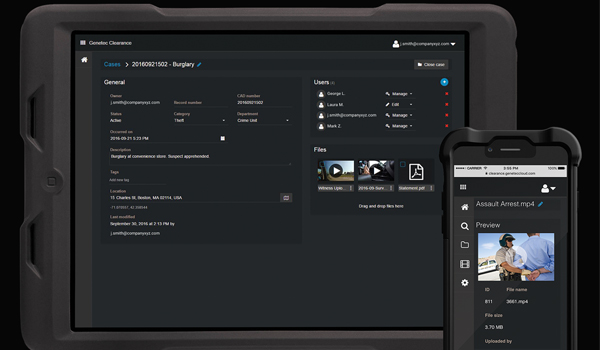Calls for new PCCs to revolutionise police use of statistics
Ensuring that the police proactively use statistics to deliver operational efficiencies and prevent crime should be a key priority for the new police and crime commissioners (PCCs) as soon as they are in post according to Joanne Taylor, director of public security at business analytics specialist.

Ensuring that the police proactively use statistics to deliver operational efficiencies and prevent crime should be a key priority for the new police and crime commissioners (PCCs) as soon as they are in post according to Joanne Taylor, director of public security at business analytics specialist.
The police urgently need to change their mindset on data, said Ms Taylor. Currently, the rapid growth in volumes is seen as a problem not an opportunity. In fact, data can be critical to enabling police to realise cost savings while cutting crime. By transforming it into actionable intelligence, police can turn it into an asset that can deliver real value to them.
She believes that the key to doing this successfully is the application of statistics to policing. The talk so far has all been about how statistics can help measure police performance. Thats important but the use of applied statistics to drive predictive analytics is even more critical and will help police win the battle for crime prevention if you can predict, you can prevent, added Ms Taylor.
The new PCCs can learn from the experience of commercial businesses, many of which have adopted fact-based decision models driven by statistics to drive competitive edge. When you buy a mortgage, a statistical model predicts the chance that you will default, when you buy car insurance, a similar model calculates your likelihood of claiming and gives you a bill to pay.
The police now need to start adopting the same kind of technology to prevent crime while meeting efficiencies forced by the budget cuts.
The SAS vision of preventive policing goes beyond static hotspot technology that uses basic crime data to identify areas where there is a high risk of crime. As Ms Taylor explained, using the latest predictive analytics techniques enables forces to bring in many other variables and predict crime accurately and to a high level of granular detail.
Particular types of high volume crime can be modelled to pinpoint likely burglaries and deploy officers to counter the threat. A range of factors from school holidays to the weather can be applied to accurately predict crime variables, enabling more police officers to be brought in to counter any threat.
The same techniques can be used to drive efficiencies, said Ms Taylor. It comes down to a simple choice. If you have to consolidate specialist units, eg, dog units across two or three forces, then how can you best consolidate? You can use gut feel, you can spend days on spreadsheets or you can apply statistical models to determine not only the most efficient model today but how crime is evolving and forecast what it needs to look like in five years time.
She added that before savings can be achieved, the new PCCs will also have to tackle a raft of data quality issues within their forces. Data that is manually input can be inherently unreliable.
Fortunately, automated technology is available here too, removing manual labour effort and freeing-up officer time, therefore helping drive rapid return on investment, said Ms Taylor.


